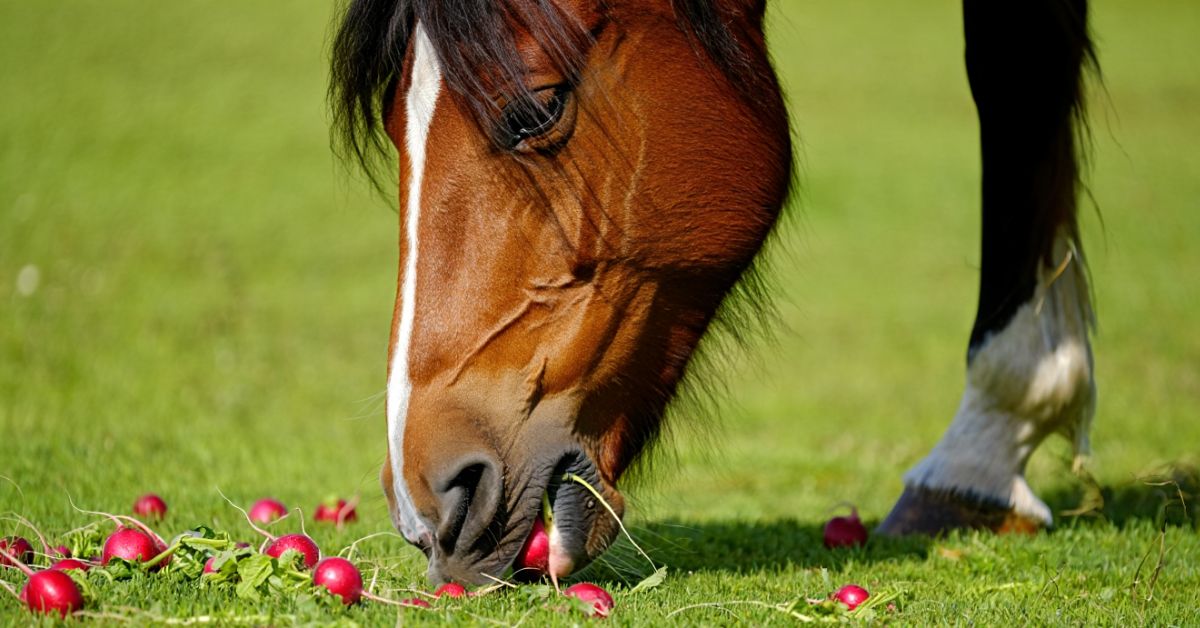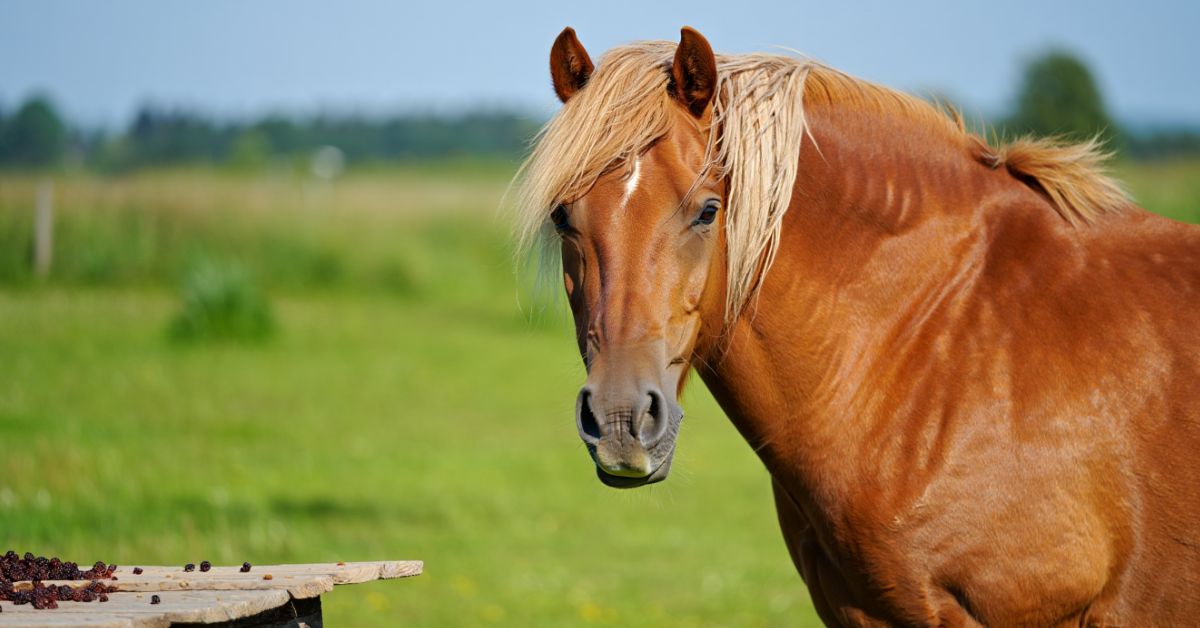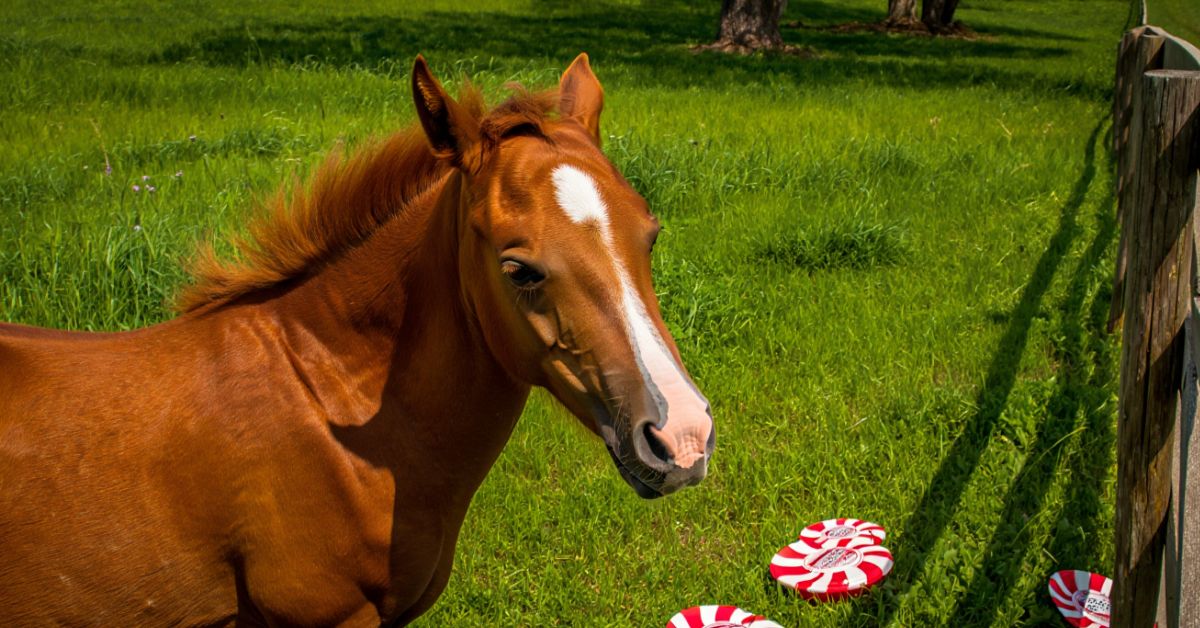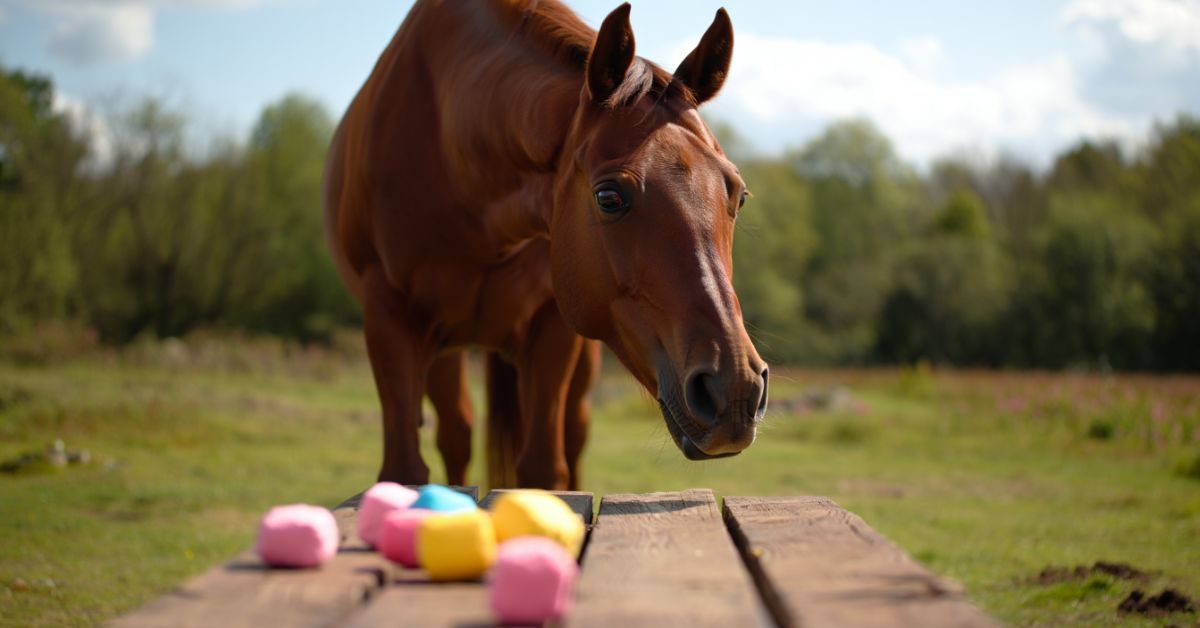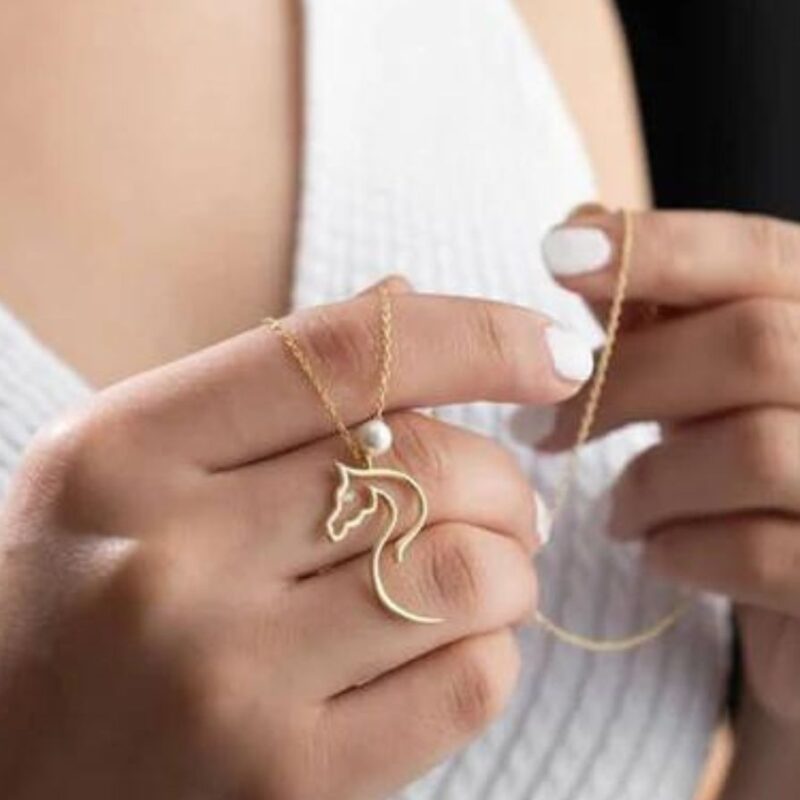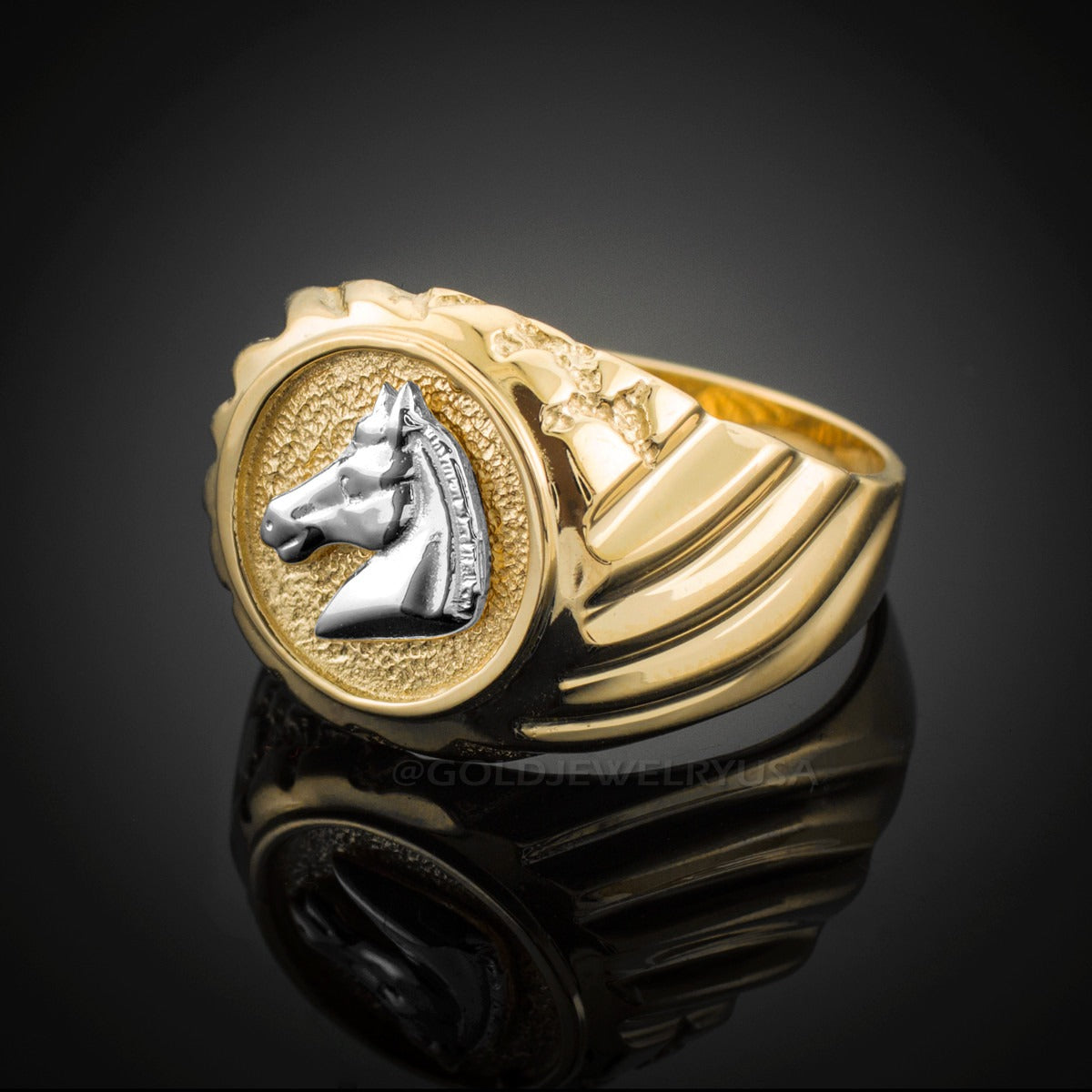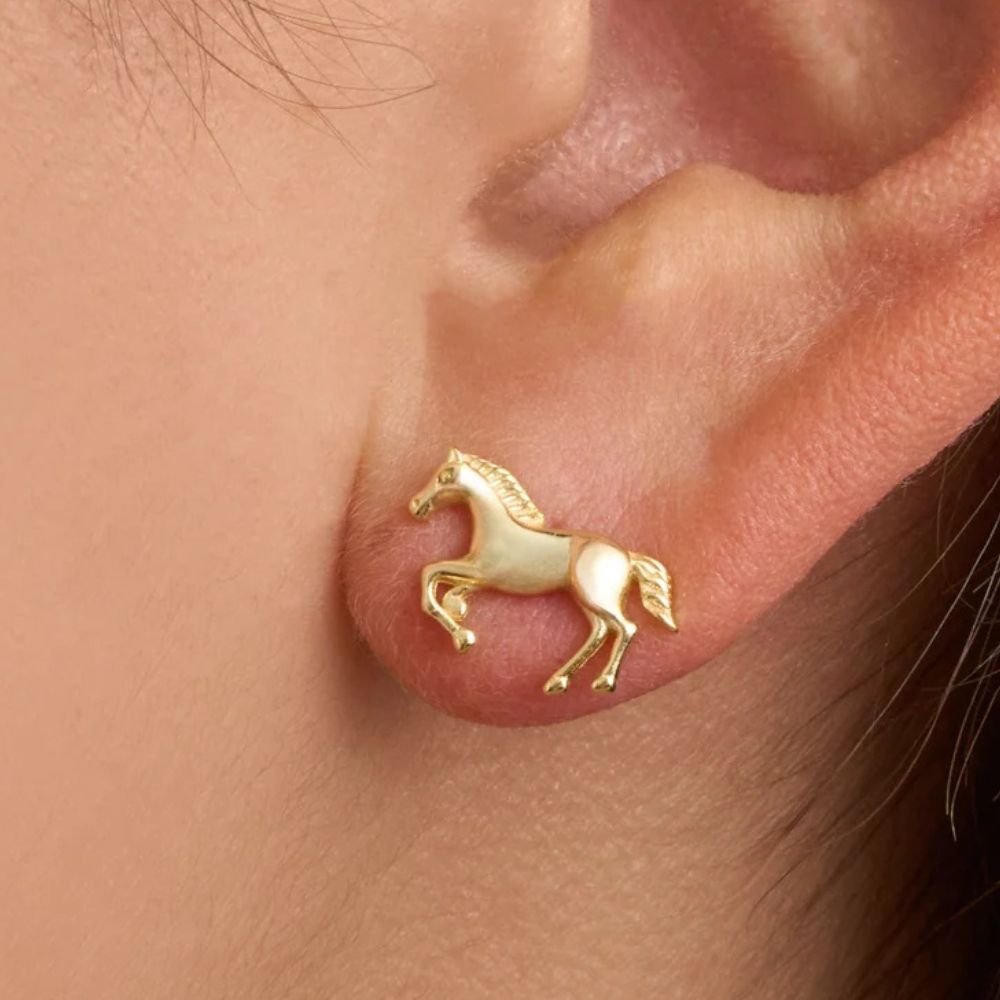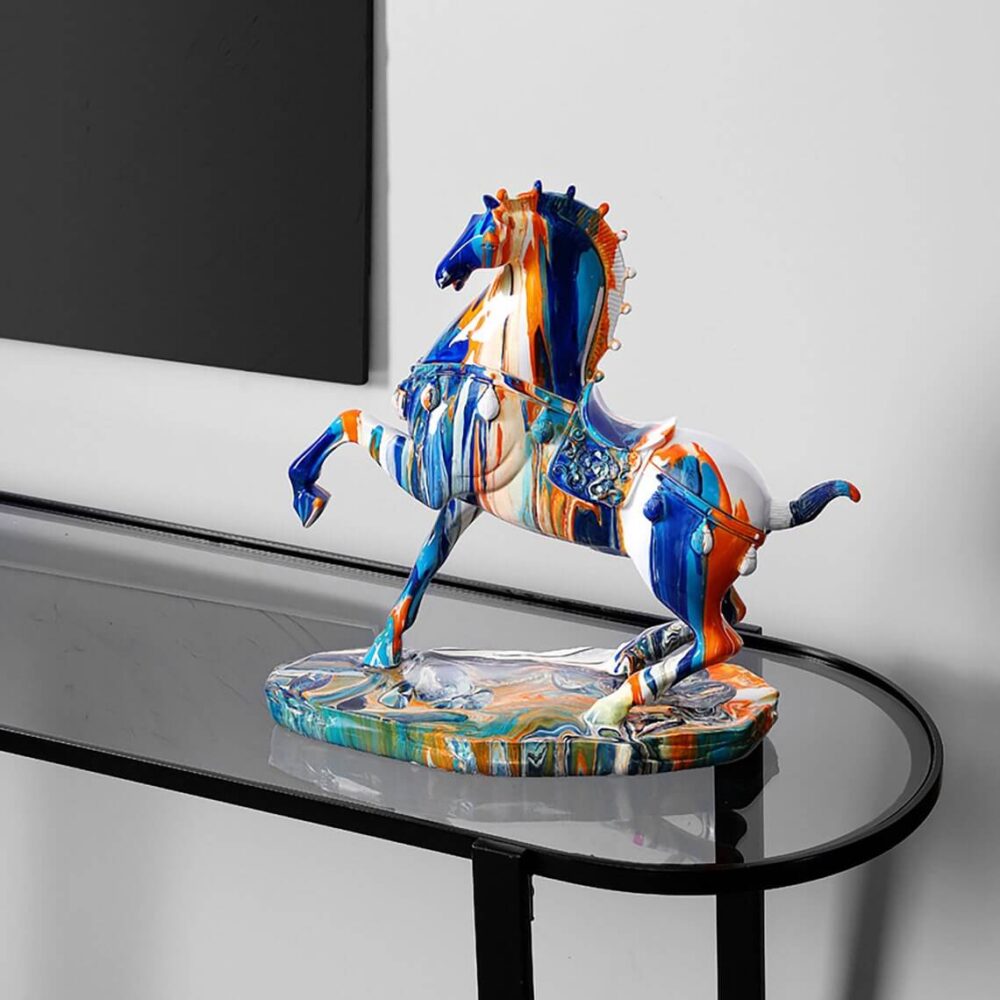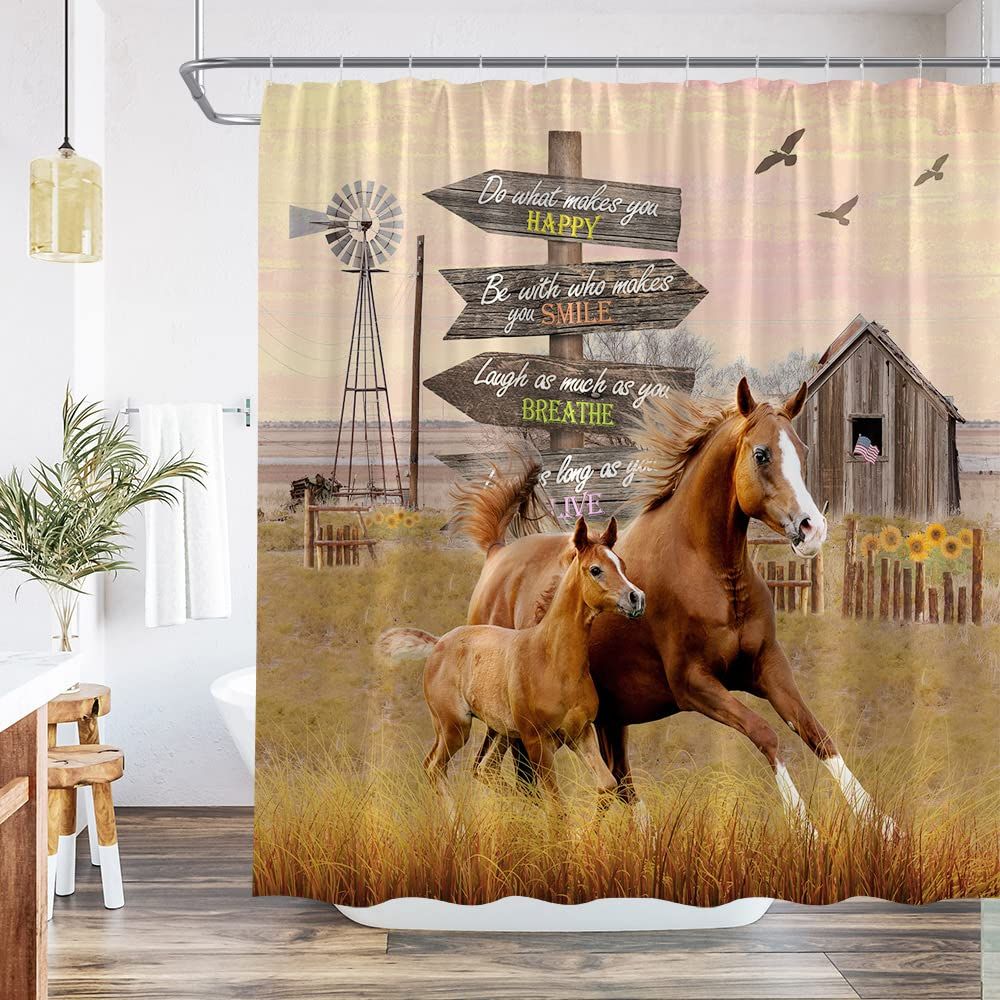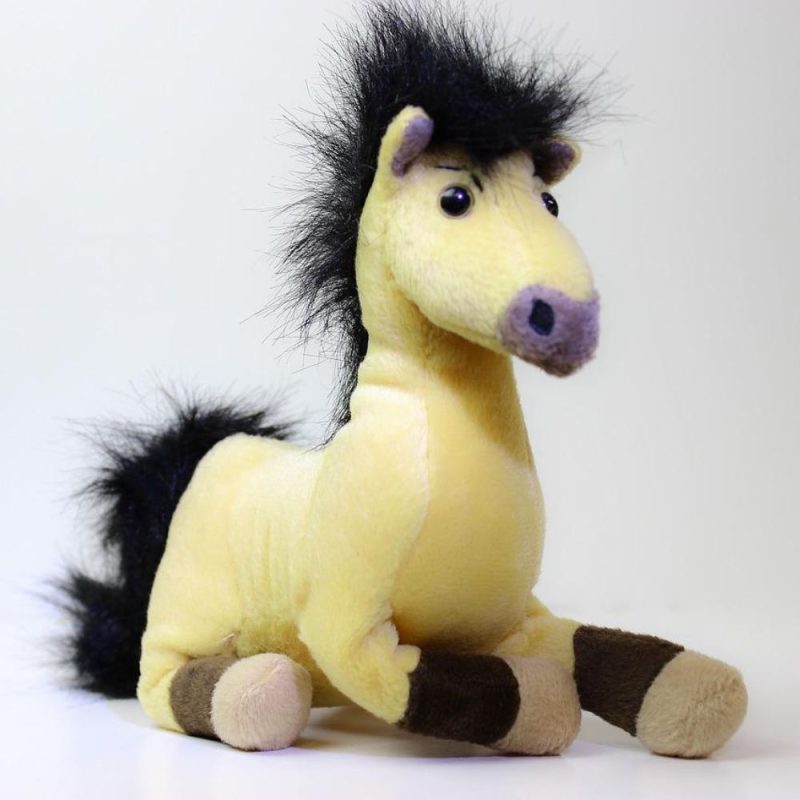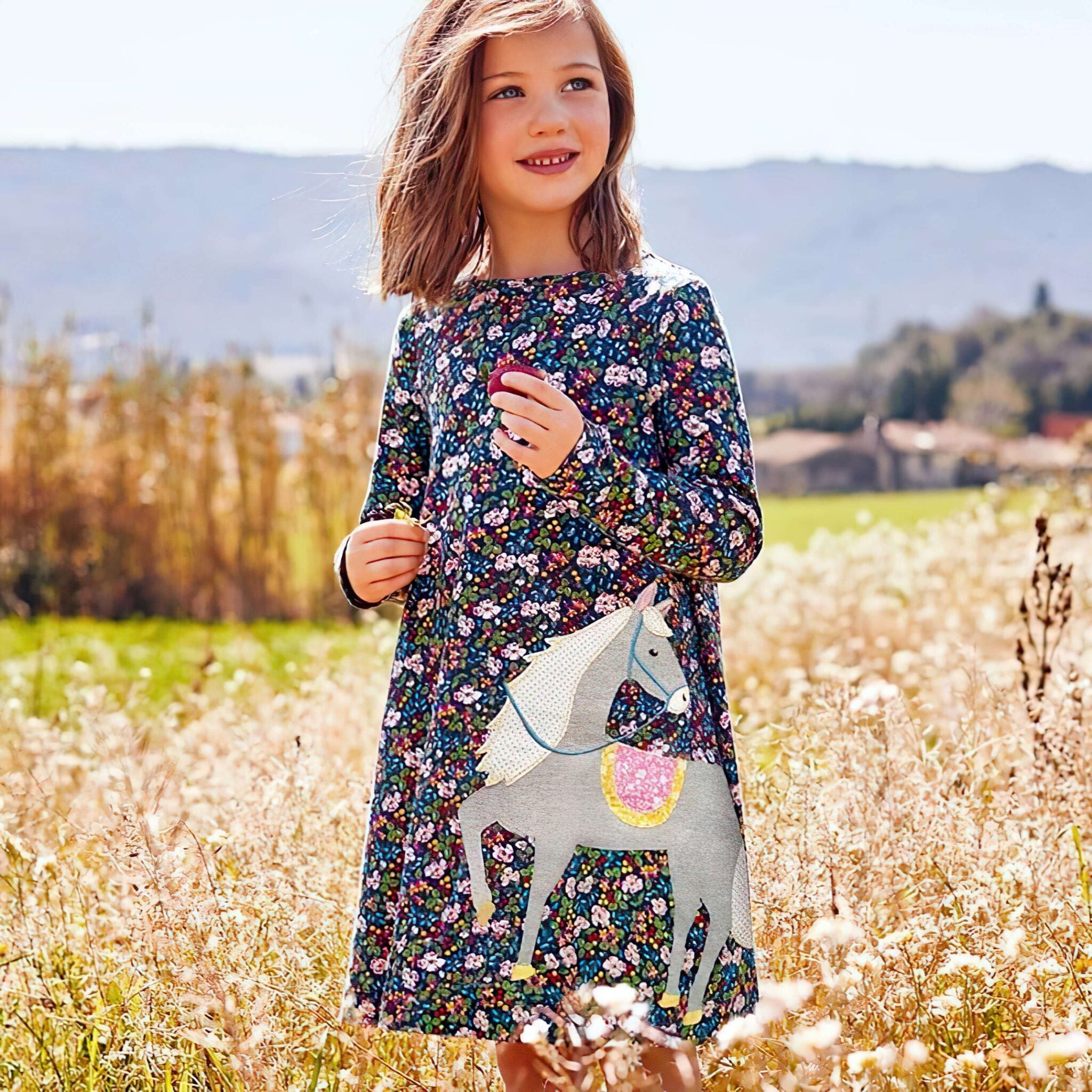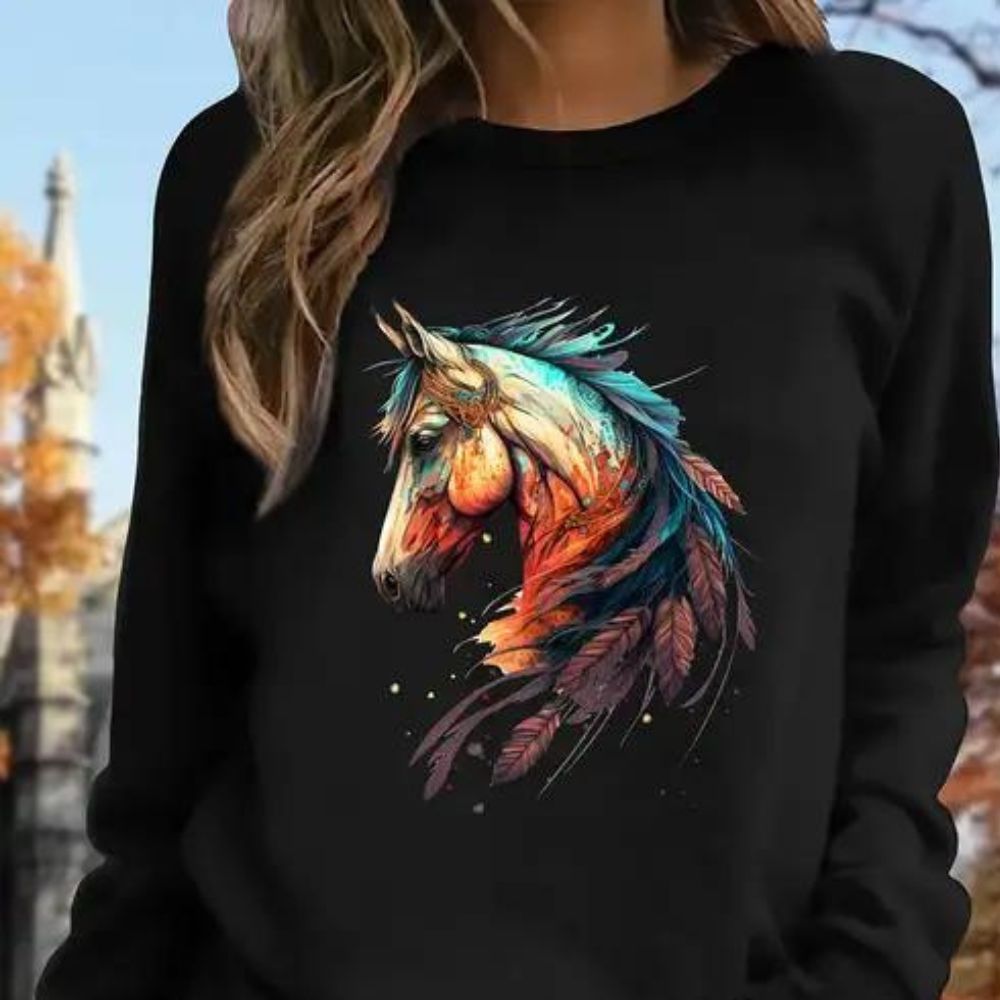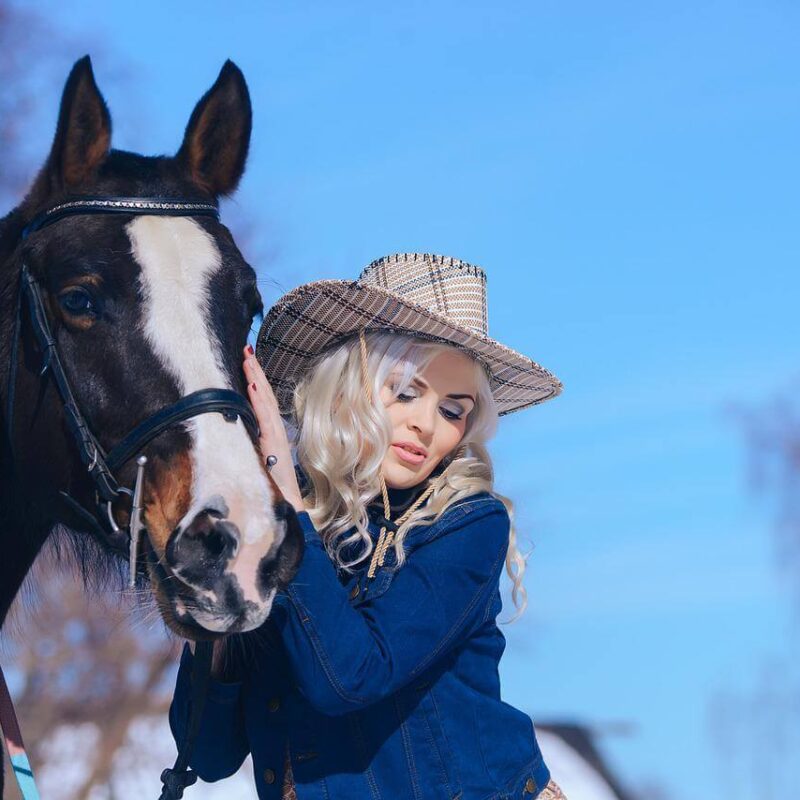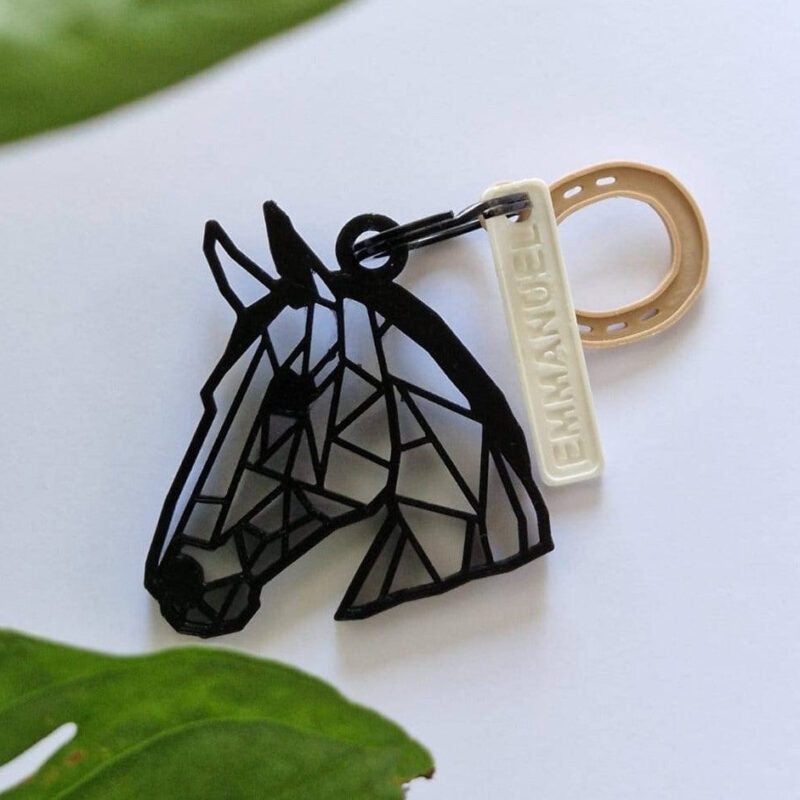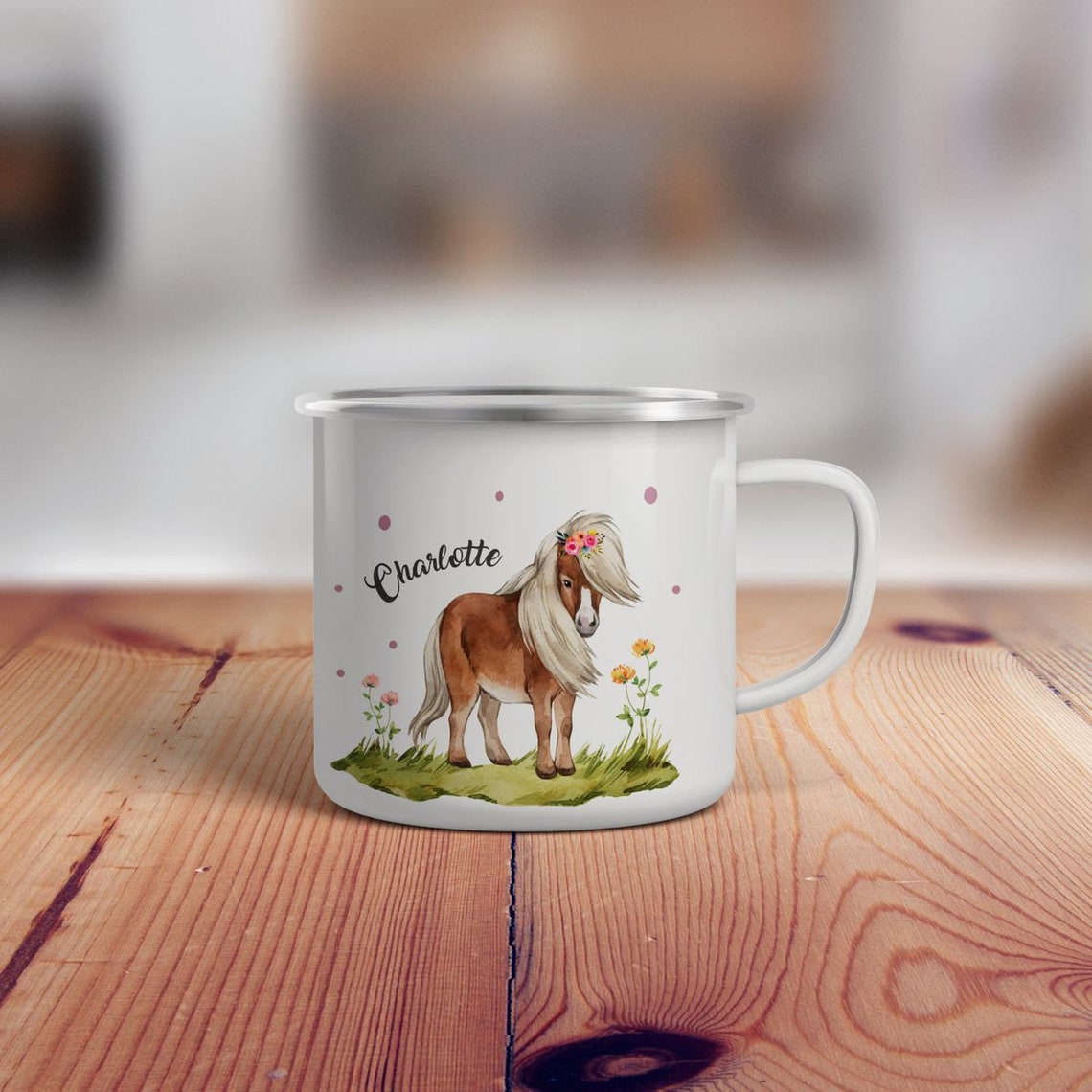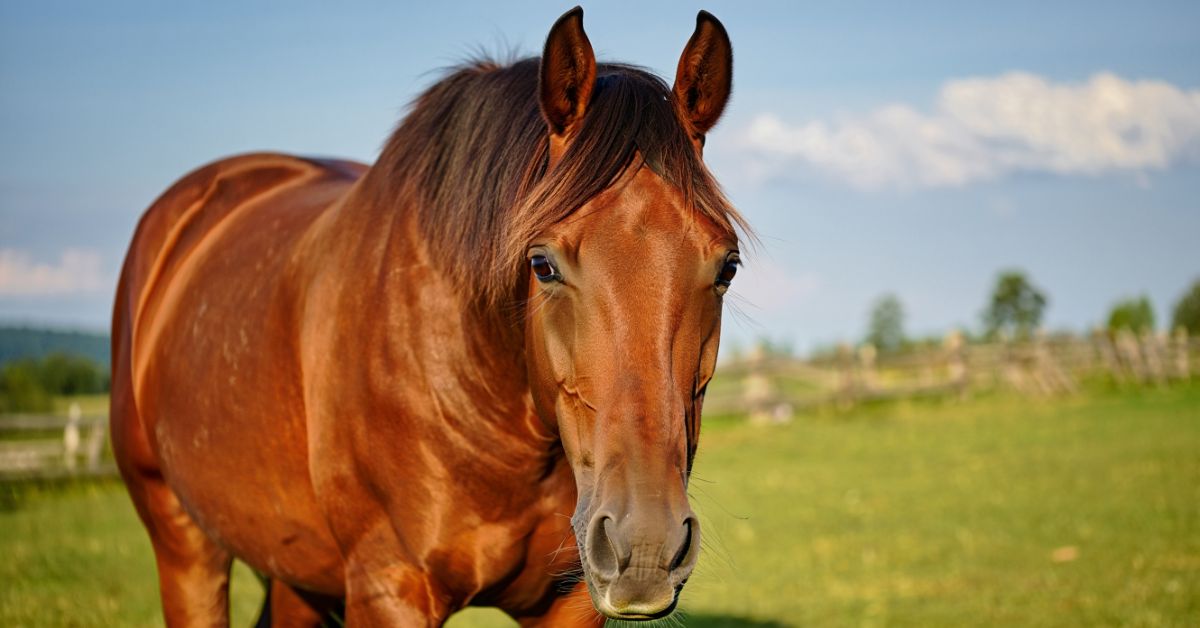
What Is a Nag Horse? Understanding This Classic Equestrian Term
If you've ever heard someone refer to a horse as a "nag" and wondered what they meant, you're not alone! What is a nag horse is a question that puzzles many horse enthusiasts, especially those new to the equestrian world. Simply put, a nag is typically an older, modest horse used for everyday riding or light work—not a fancy show horse or expensive thoroughbred. The term "nag" has evolved over centuries and isn't always the insult it might sound like today. While some use it as a derogatory term, historically it simply described a practical, utility horse that got the job done without fanfare. Whether you're a seasoned rider or just starting your journey into horse ownership, understanding this piece of horse terminology helps you appreciate the humble heroes of the equestrian community—the reliable, affordable mounts that have served riders faithfully throughout history.
The Definition of a Nag: What Makes a Horse a "Nag"?
Let's get straight to the heart of it—what defines a nag horse? The definition of a nag isn't as straightforward as you might think, and that's part of what makes this term so fascinating!
In traditional equestrian circles, a nag refers to a small to medium-sized horse, typically older or past its prime, used for basic riding purposes. Think of it as the trusty sedan of the horse world 🚗—not flashy, not fast, but dependable for getting from point A to point B. The meaning of nag horse encompasses several key characteristics:
-
An everyday riding horse rather than a competition or show animal
-
Often older horses that have "been there, done that"
-
Horses with modest breeding or unknown pedigrees
-
Mounts used for casual riding, light farm work, or as beginner horses
-
Generally affordable horse breeds or mixed-breed horses
Here's the thing that surprises most people: is a nag a breed? Absolutely not! A nag isn't a specific breed at all—it's more of a classification based on purpose and value. Any horse can technically be called a nag, though you'll rarely hear someone describe their prized Arabian or Thoroughbred that way!
The size of a nag horse typically ranges from about 14 to 15.2 hands high (that's 56 to 62 inches at the shoulder for those new to horse measurements). This puts them squarely in the practical range—big enough to carry an adult rider comfortably, but not so large that they're intimidating or expensive to maintain.
Is calling a horse a nag offensive? Well, it depends entirely on context and tone! Among old-school horsemen, calling something a working nag horse was simply descriptive, not insulting. Today though, many horse lovers bristle at the term because it implies their beloved equine companion has little value—which couldn't be further from the truth! At Dream Horse, we celebrate all horses, from the fanciest show jumper to the most humble backyard companion, because each one holds a special place in someone's heart. 💝
Understanding the Historical Context
Back in the 1700s and 1800s, the term carried no negative weight whatsoever. A farmer might say, "I'll take the nag to town" the same way we'd say "I'll take the truck." It was purely functional language. The historical use of nag horses was incredibly important—these were the horses that plowed fields, carried doctors on their rounds, and transported families to church on Sundays.
The Origin of the Term 'Nag': A Journey Through Time 📚
Ever wonder where quirky words come from? The etymology of nag horse is actually a pretty cool story! The origin of the term "nag" takes us back to Middle English, around the 1400s.
The word "nag" likely derives from the Middle Dutch word "negge" or the Old Norse "nag," both referring to a small horse or pony. Some linguistic scholars also connect it to the verb "to nag" (meaning to annoy persistently), though this connection is debated. The original meaning was neutral—just a simple way to describe a small riding horse.
Here's a fascinating timeline of how the word "nag" evolved:
1400s-1600s: The term simply meant a riding horse, especially a small one. Geoffrey Chaucer, yes that Chaucer from "The Canterbury Tales," used variations of this word in his writings! No negative connotation existed.
1700s-1800s: As horse breeding became more sophisticated and "bloodlines" became status symbols, the term began shifting. Wealthy folks rode Thoroughbreds and Arabians, while common folk rode... you guessed it, nags. The class distinction started seeping into the language.
1900s-Present: The term took on its modern, somewhat negative meaning—a horse with little value, often an old nag horse past its working prime.
Shakespeare even used the word in his plays! In "The Taming of the Shrew," written around 1590-1592, characters mention "nags" as simple riding horses. The term "nag" in literature appears frequently in British and American writing from the 18th and 19th centuries, usually describing the mounts of working-class characters or servants.
As horse expert Dr. Temple Grandin once said about understanding animals: "Nature is cruel, but we don't have to be." This applies to how we view and label horses too—just because a horse isn't a champion doesn't mean it lacks value or dignity.
Why Language Matters in the Equestrian World
The way the word "nag" in equestrianism has shifted reflects broader changes in how we view horses. In 2024, the American Horse Council reported that recreational horse ownership had increased by 18% since 2020, with more people seeking companion animals rather than working stock. This cultural shift makes terms like "nag" feel more outdated and potentially hurtful.
Characteristics of a Nag: What to Expect from These Humble Horses
Now that we know what a nag is and where the term comes from, let's talk about the actual characteristics of a nag. What should you expect if you're considering a horse that falls into this category?
Physical Traits and Appearance
Old nag horses typically show their age in visible ways. You might notice:
A slightly swayed back (called "sway-backed"), graying around the muzzle and eyes, lower energy levels compared to younger horses, possible joint stiffness or mild arthritis, and a generally "seasoned" appearance that speaks to years of experience.
But here's the beautiful part—these physical signs don't diminish their capability or their heart! Many riding nag horses continue to provide safe, reliable service well into their twenties. A 20-year-old horse might be considered a "senior citizen" in equine terms, but with proper care, they can still offer years of gentle riding.
The breeds often called nags aren't specific purebreds. Instead, you'll find mixed breeds, grade horses (unknown breeding), or modest breeds like certain Quarter Horse lines, Morgan crosses, or Welsh Cob mixes. Basically, any horse that doesn't have championship bloodlines or commanding presence might earn this label—unfairly, in my opinion!
Temperament: The Golden Asset
Here's where nags truly shine! The temperament of a nag is often their greatest asset. These horses have "been there, done that, got the t-shirt" as we say in the horse world. 🎯
Most nags are:
Calm and unflappable: They've seen it all—plastic bags blowing in the wind, barking dogs, flapping tarps—none of it phases them. This makes them perfect for nervous or beginner riders.
Patient and forgiving: An old working horse has tolerated countless rider mistakes over the years. They're not going to lose their minds if you accidentally bump them with your heel or pull on the reins a bit too hard.
Predictable: While young, spirited horses can be unpredictable, nags are generally steady-Eddie types. What you see is what you get, day after day.
Easy keepers: Many older, modest horses don't require fancy feed programs or intensive management. They're the equine equivalent of low-maintenance friends!
Common Uses for Nags: More Valuable Than You'd Think
The common uses for nags extend far beyond what you might imagine. These horses fill crucial roles in the equestrian world:
They serve as lesson horses at riding schools, where their patience and experience make them ideal for teaching beginners. They work as trail horses at guest ranches and vacation spots, carrying tourists safely through beautiful countryside. Many become therapy horses, working with disabled riders or in mental health programs—their calm demeanor is therapeutic in itself! They also function as companion horses for more high-strung animals, providing emotional support to anxious horses.
The value of a nag horse might be low in monetary terms (often selling for $500-$2,000 versus $10,000+ for show horses), but their practical value is immeasurable. In 2023, a survey by the Equine Welfare Alliance found that lesson programs using older, experienced "school horses" (essentially nags by another name) had 40% fewer student injuries compared to programs using younger, less experienced mounts.
Pony vs. Nag: Clearing Up the Confusion
People often ask about pony vs. nag—what's the difference? Here's the straightforward answer:
A pony is defined by height: any equine under 14.2 hands (58 inches) is technically a pony, regardless of age or purpose. A nag is defined by purpose and value: an older, modest horse used for basic riding.
You could have a pony that's also a nag (an old Shetland pony used for pony rides), or a full-sized horse that's a nag (a 15-hand Quarter Horse used for trail rides). The terms aren't mutually exclusive—they describe different attributes!
Difference Between a Hack and a Nag
While we're clarifying terminology, let's address the difference between a hack and a nag. Both terms describe riding horses, but with different connotations:
A hack is a horse kept specifically for riding, particularly leisurely riding. It's a more neutral term, often used in British English. You might say, "I'm taking my hack out for a ride around the property."
A nag, as we've established, carries implications of age, modest quality, or low value.
Nag vs. Thoroughbred: Understanding the Spectrum of Horse Value 🏆
Let's talk about the elephant—or should I say, the horse—in the room: nag vs. thoroughbred. This comparison illustrates the extreme ends of the horse value spectrum and helps us understand why these classifications exist.
The Thoroughbred: Racing Royalty
Thoroughbreds represent the aristocracy of the horse world. Developed in England during the 1600s-1700s by crossing imported Arabian, Barb, and Turkoman stallions with native mares, every registered Thoroughbred today traces back to just three foundation sires: the Darley Arabian, the Godolphin Arabian, and the Byerley Turk.
These horses are:
-
Bred specifically for speed and stamina
-
Meticulously documented in stud books dating back centuries
-
Valued for racing prowess and breeding potential
-
Often worth anywhere from $50,000 to millions of dollars
-
High-strung, sensitive, and requiring expert handling
A champion racehorse like Secretariat (who set records in 1973 that still stand today) exemplifies the pinnacle of Thoroughbred excellence. His stud fees alone were valued at $6.08 million!
The Nag: The Working Class Hero
On the opposite end, we have the nag—no fancy pedigree, no race records, no six-figure price tag. Just a horse that shows up, does the work, and goes home. While a Thoroughbred might cost $50,000 or more, a nag might sell for just $1,000-$2,500.
But here's what the price tag doesn't tell you: reliability. A high-strung Thoroughbred fresh off the track might be too much horse for 90% of riders. That humble nag? They'll take care of you, your kids, and your nervous friend who "just wants to sit on a horse once."
The Spectrum in Between
Of course, most horses fall somewhere between these extremes! You've got:
-
Well-bred sport horses worth $20,000-$100,000
-
Solid Quarter Horses for $5,000-$15,000
-
Amateur show horses at $3,000-$10,000
-
Backyard companions at $1,000-$3,000
-
And yes, the humble nags under $2,000
Understanding horse jargon means recognizing that these terms describe economic value, not intrinsic worth. Every horse, from the Kentucky Derby winner to the oldest lesson pony, has inherent value as a living being capable of forming bonds with humans.
The Modern View of a Nag: Changing Perspectives
The modern view of a nag is evolving beautifully! Today's horse community increasingly rejects arbitrary value judgments based on breeding or age. Social media is full of accounts celebrating "backyard horses," "pasture puffs," and "retirement home" horses—essentially nags—and their humans couldn't be prouder! 📱
In 2022, the trend toward "rescue and rehab" has elevated the status of older, modest horses. What was once dismissed as a nag is now celebrated as a "heart horse," a "soul mate on four legs," or a "teacher in horse form."
As legendary horseman Monty Roberts said: "A good horse will take you anywhere. A great horse will take you there and back." Sometimes the greatest horse is the one labeled a nag by those who don't understand true value.
Types of Nag Horses and Misconceptions: Separating Fact from Fiction
Let's dive deep into the types of nag horses and bust some myths while we're at it! Understanding horse terminology explained properly helps you navigate conversations at the barn without accidentally insulting someone's beloved companion.
Categories of Horses Called Nags
While is a nag a breed? No, it's not! However, certain types of horses are more likely to receive this label:
Retired working horses: Farm horses, ranch horses, or former lesson horses that have "aged out" of their primary jobs. These old working horses have given years of service and deserve respect, not dismissive labels! The retirement of working nags should be celebrated—these horses have earned their peaceful pasture time.
Grade horses: Horses of unknown or mixed breeding. Without a fancy pedigree, they're sometimes unfairly categorized as nags, despite possibly being excellent riding mounts. Many affordable horse breeds fall into this category simply because they lack papers.
Aged lesson horses: These patient saints have taught countless children to ride. By the time they're 18-20 years old, they might be called nags, but they're actually professors of the equestrian world! 🎓
Backyard companions: Horses kept purely for pleasure riding or companionship, without show or competition goals. These everyday riding horses provide joy and exercise without the pressure of performance.
Draft crosses: Sometimes larger, stockier horses with draft horse heritage are labeled nags because they're not as refined or elegant as lighter breeds. Yet these gentle giants make wonderful family horses!
Misconceptions About Nag Horses: Let's Set the Record Straight
Time to tackle misconceptions about nag horses head-on! There's a lot of misinformation floating around the horse community, and it's important we correct it.
Misconception #1: All nags are old and decrepit.
Reality: While many nags are older, the term can apply to any modest, everyday horse regardless of age. A 10-year-old grade horse used for casual trail riding might be called a nag simply because they're not a fancy show horse. Age alone doesn't make a horse a nag—it's about purpose and perceived value.
Misconception #2: Nags can't perform or do anything special.
Reality: Many horses labeled as nags are perfectly capable performers! They might not win championships, but they can safely carry riders on trail rides, navigate obstacles, and even participate in low-level competitions. A riding nag horse might not have flash, but they've got substance. In fact, data from the American Association of Equine Practitioners shows that "grade horses" (often termed nags) have similar performance capabilities to registered horses in recreational activities.
Misconception #3: Nags have bad temperaments.
Reality: Actually, the opposite is often true! The temperament of a nag is usually excellent—calm, patient, and reliable. These horses have experience and emotional maturity that younger horses lack. They're typically safer and more trustworthy than their high-strung, expensive counterparts.
Misconception #4: Calling any horse a nag is always offensive.
Reality: Context matters! Among old-time horsemen, nag as a derogatory term wasn't universal. It could be used affectionately, similar to calling an old truck "my old beater" with fondness. However, in modern contexts, is calling a horse a nag offensive? It can be, especially if you're talking about someone's personal horse who they view as a treasured companion. When in doubt, use more neutral terms like "pleasure horse," "trail horse," or "companion horse."
Misconception #5: There are specific breeds that are nags.
Reality: Nope! Is a nag a breed? Absolutely not. Any breed can be labeled a nag based on individual characteristics, age, or purpose. That said, certain breeds are more commonly called nags simply because they're numerous and often used for everyday riding. Quarter Horses, Appaloosas, and grade horses (mixed breeds) might hear this label more often than Friesians or Andalusians—but that's more about breed popularity and accessibility than any inherent quality.
Why Are Old Horses Called Nags? The Age Factor
So why are old horses called nags? It largely comes down to human perception of value depreciating with age—which is unfair, but common across many aspects of life.
In horse economics, a young horse (5-10 years old) in their athletic prime commands higher prices because they have years of work ahead. As horses age past 15, their "useful" years decrease in the eyes of buyers focused on performance or competition. By the time a horse reaches 20+, they might be worth very little in monetary terms, hence the nag label.
But here's the irony: old nag horses often make the best horses for many purposes! They're:
Safer for beginners and children, more emotionally stable and predictable, experienced in handling various situations, patient with rider mistakes, and less prone to spooking or explosive behavior.
A 2021 study published in the Journal of Veterinary Behavior found that horses over 15 years old had significantly fewer behavioral incidents when being ridden compared to horses aged 5-10, making them statistically safer for recreational riders.
The Concept of a Nag: A Social Construct
Really, the concept of a nag is largely a social construct—a way humans categorize horses based on arbitrary value judgments. What defines a nag horse has changed dramatically over centuries and varies between cultures and contexts.
In some European countries, the equivalent terms carry less negative weight. In Iceland, for instance, all horses are valued members of society regardless of age or breeding, partly because the Icelandic Horse is the only breed on the island (they banned horse imports in 982 AD to preserve genetic purity!).
Nag horse synonym terms include: plug, plodder, hack (in some contexts), jade, crock, or simply "old horse" or "grade horse." Some are more negative than others, but all reflect this human tendency to categorize based on perceived value.
Understanding and Respecting All Horses
At Dream Horse, we believe every horse deserves respect and appreciation, regardless of labels! Whether you ride a championship Thoroughbred or a beloved backyard nag, your connection to your horse is what matters. 💕
Frequently Asked Questions About Nag Horses
What is a nag horse?
A nag horse is typically an older, modest horse used for everyday riding or light work. The definition of a nag describes a horse of little monetary value, often past its prime, used for basic purposes rather than competition or breeding. While sometimes used as a derogatory term, historically it simply referred to a practical, everyday riding horse.
Is a nag a specific breed of horse?
No, is a nag a breed? Absolutely not! A nag is not a breed but rather a classification based on age, purpose, and perceived value. Any breed of horse can be called a nag if it's older, modest, or used for simple riding purposes. Breeds often called nags include grade horses (mixed breeding), older Quarter Horses, and various mixed breeds, but it's not breed-specific.
What's the origin of the term "nag"?
The origin of the term "nag" traces back to Middle English, around the 1400s, possibly from Middle Dutch "negge" or Old Norse "nag," both meaning a small horse or pony. The etymology of nag horse shows that originally, the term was neutral—simply describing a riding horse. How the word "nag" evolved over centuries reflects changing social attitudes, with the term taking on more negative connotations by the 1800s-1900s as horse breeding became more sophisticated.
Why are old horses called nags?
Why are old horses called nags? As horses age past their athletic prime (typically after 15-20 years old), their monetary value decreases in the eyes of performance-focused buyers. The term old nag horse reflects this depreciation in market value. However, this overlooks their tremendous practical value—older horses often make the safest, most reliable mounts for recreational riders and beginners!
Is calling a horse a nag offensive?
Is calling a horse a nag offensive? It depends on context! Among traditional horsemen, the term could be affectionate or neutral. However, in modern equestrian culture, many people find it offensive when applied to their personal horses, as it implies low value or dismisses the emotional bond. Using nag as a derogatory term to insult someone's horse is definitely rude! Safer alternatives include "pleasure horse," "trail horse," or "companion horse."
What's the difference between a nag and a thoroughbred?
The nag vs. thoroughbred comparison represents opposite ends of the horse value spectrum. Thoroughbreds are purebred horses with documented pedigrees, bred specifically for racing, and often worth $50,000 to millions. A nag is typically a horse of unknown or modest breeding, often older, used for basic riding, and worth just hundreds to a few thousand dollars. However, for many purposes—like safe trail riding—a reliable nag might actually be preferable to a high-strung Thoroughbred!
What are the characteristics of a nag?
Characteristics of a nag include: older age (often 15+ years), signs of aging like gray around the muzzle or slight back sagging, modest or unknown breeding, calm and experienced temperament, suitability for basic riding rather than competition, and lower monetary value (typically under $3,000). However, the most important characteristic is their reliability—old working horses labeled as nags are often the safest, most trustworthy mounts available!
What is the temperament of a nag typically like?
The temperament of a nag is usually their greatest asset! These horses tend to be calm, patient, forgiving, and unflappable. With years of experience, old nag horses have "seen it all" and rarely spook or panic. This makes them ideal for nervous riders, beginners, and children. Studies show that horses over 15 years old have fewer behavioral incidents than younger horses, making them statistically safer for recreational riding.
What are common uses for nag horses?
Common uses for nags include: beginner lesson horses at riding schools, trail horses at guest ranches and vacation destinations, therapy horses for disabled riders or mental health programs, companion horses for more anxious animals, and backyard pleasure horses for casual riding. The value of a nag horse in these roles is immeasurable—their patience and experience make them irreplaceable in educational and therapeutic settings.
What defines a nag horse in modern terms?
In modern equestrianism, what defines a nag horse has evolved somewhat. Today's modern view of a nag is shifting from purely negative to more nuanced. While the term still implies modest breeding and lower monetary value, many horse lovers now celebrate these everyday riding horses as "heart horses" or "teacher horses." The concept of a nag is increasingly recognized as an outdated label that doesn't reflect a horse's true worth to their owner!




